Mudras that Help Improve Heart Health
By Dr. Ameya Tirodkar +2 more

Get,

to manage your symptom
Get your,


4 Cr+ families
benefitted

OTP sent to 9988776655



You’ve successfully subscribed to receive
doctor-approved tips on
Whatsapp

Get ready to feel your best.

Hi There,
Download the PharmEasy App now!!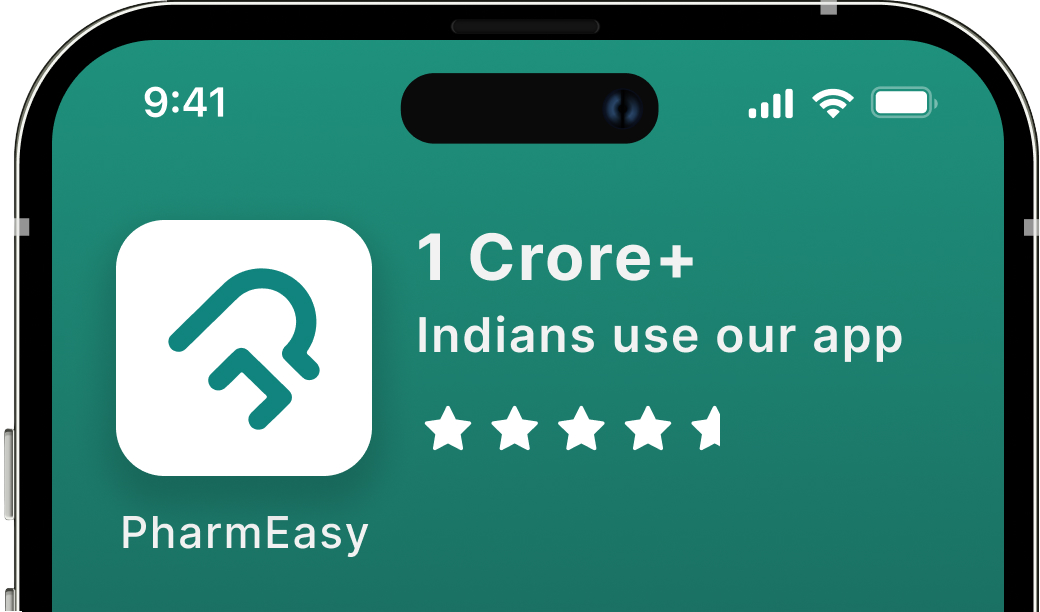


Register to Avail the Offer
Send OTPBy continuing, you agree with our Privacy Policy and Terms and Conditions

Hi There,
Sign up on PharmEasy now!!
Trusted by 4 crore+ families

OTP sent to 9988776655



You have unlocked 25% off on medicines




Code: NU25
By Dr. Ameya Tirodkar +2 more
Table of Contents
Mudras, the ancient hand gestures practiced in yoga and meditation, have long been believed to influence the flow of energy in the body. These simple yet powerful gestures are designed to balance physical, mental, and emotional well-being1.
By stimulating specific energy points in the hands, mudras for heart health are thought to promote circulation, reduce stress, lower blood pressure, and enhance the overall functioning of the heart, making them a valuable tool for heart health management1,2.
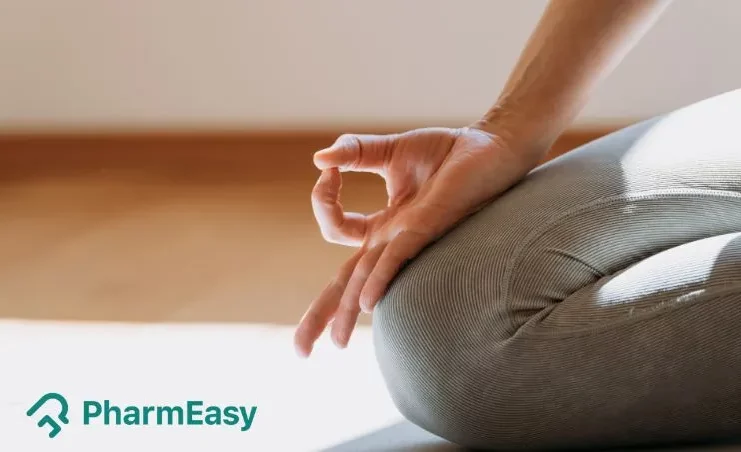
Mudra are symbolic hand gestures which are said to have a positive impact on the body, mind, and energy flow. There are several mudras, and each mudra is associated with specific effects, such as balancing the elements in the body, potentially improving concentration and calming the mind, or stimulating specific energy channels1.
Before we move onto discussing some specific mudras that are said to be beneficial for heart health, let’s have a broader look at how they may help. These can potentially improve heart health by:
Mudras (such as Gyan mudra) are said to reduce stress and promote relaxation. Chronic stress is a major risk factor for heart disease, so reduction of stress levels by practicing mudras may help with your heart health2,3.
It has been said that performing certain mudras (such as Prana mudra) may help lower blood pressure. As high blood pressure is a significant risk factor for heart disease, lowering blood pressure may be beneficial to improve your heart health2,4.
Performing mudras (such as Prana mudra) is said to stimulate energy flow in the body, which may help improve your circulation, thereby reducing the risk of heart disease5,6.
Certain mudras (such as Surya mudra, Apana Vayu mudra) are said to help improve heart function by regulating the flow of energy and thereby help maintain healthy heart function5.
Certain mudras (such as Apana Vayu mudra) may help to improve your oxygen intake and circulation, which in turn may benefit the heart by ensuring adequate oxygen supply to tissues and cells5.
According to ayurveda, mudras are said to balance the body’s five elements (earth, water, fire, air, and ether). By practicing these mudras, it may help restore balance and enhance the overall functioning of the body, including your heart5.
While scientific research on mudras is still limited, studies have shown certain mudras have various benefits for overall health. Further long-term research can help confirm these benefits.
Certain mudras are believed to help improve heart health by promoting relaxation, reducing stress, and enhancing circulation2,5. The best mudras for heart include:
Also Referred to as agni mudra7.
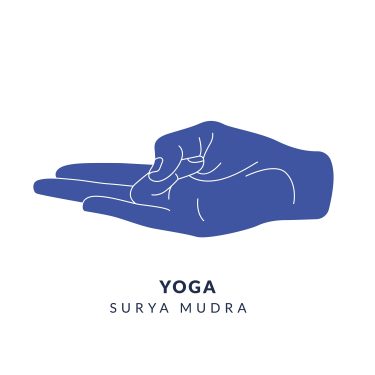
How to Perform:
Benefits:
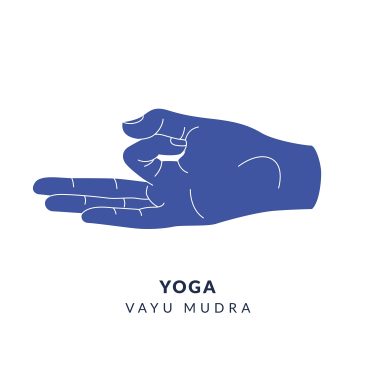
Apana Vayu Mudra for Heart is Commonly Referred to as Heart Mudra8.
How to Perform:
Benefits:
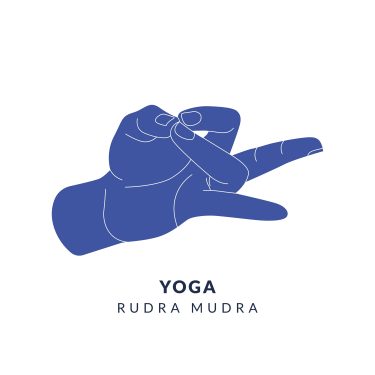
Rudra is another name for Shiva and this is said to be a very powerful mudra10.
How to Perform:
Benefits:
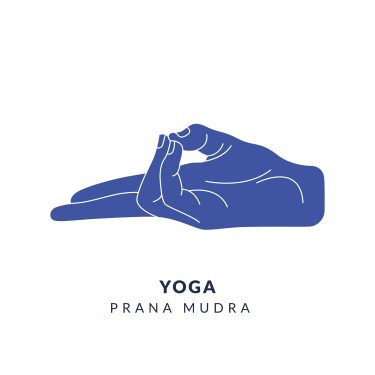
It is said to be one of the most beneficial mudras for your health and wellness2.
How to Perform:
Benefits:
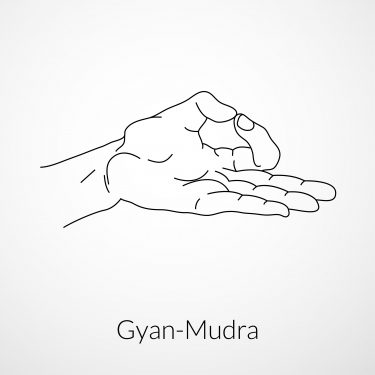
Commonly referred to as the mudra of knowledge as it is said to enhance your brain function
How to Perform:
Benefits:,
Although these mudras have been a part of traditional Indian health practices since long, it is always advisable to consult your healthcare professional before performing any mudras for healthy heart, especially if you are facing any serious heart conditions.
When practicing mudras for healthy heart, some key posture recommendations include2,5,7:
Each mudra for heart health should be performed at particular times, and the duration and frequency will vary.
1. Surya Mudra:
2. Apana Vayu Mudra:
3. Rudra Mudra:
4. Prana Mudra:
5. Gyana Mudra:
Mudras may have some benefits for the health, but it is also important to understand the potential risks that may be associated with them1,2.
The following precautions can help ensure safety and effectiveness while performing mudras:
Although practicing mudras is generally safe, it is recommended that you seek expert guidance for best results and safety.
Mudra for heart health potentially offer a simple yet powerful way to support heart health by promoting relaxation, reducing stress, improving circulation, and balancing energy flow in the body. Regular practice of mudras may help manage blood pressure, enhance heart function, and contribute to overall well-being. Yet, it’s ideal to always consult your doctor before starting any new health practice, especially if you have existing heart conditions.
The effects of mudras vary from person to person. Some people may experience relaxation and reduced stress immediately, while long-term benefits such as improved circulation and heart function may take weeks or months of consistent practice. Consistency is key to experiencing potential benefits2.
A heart-healthy diet rich in fruits, vegetables, whole grains, and healthy fats can complement the benefits of mudras. Avoiding processed foods, excess salt, unhealthy fats, and limiting your alcohol intake may further support heart health12.
While mudras can be performed independently, combining them with meditation and deep breathing enhances their effectiveness by promoting relaxation and mindfulness2,5,7.
No, mudras are not replacements for prescribed medication or medical treatment. They can be used as a complementary practice to support heart health but always follow your doctor’s advice and continue any prescribed treatments5.
1. MODULE-5 Yogic Practices MUDRA AND BANDHA [Internet]. [cited 18 Mar 2025]. Available from: https://nios.ac.in/media/documents/Physical_Education_and_Yog_373/book-2/Lesson-22.pdf
2. Vandali V, Biradar RB. Yoga Mudras: Benefits. International Journal of Advances in Nursing Management [Internet]. 2018;6(4):324. Available from: https://ijanm.com/HTMLPaper.aspx?Journal=International%20Journal%20of%20Advances%20in%20Nursing%20Management;PID=2018-6-4-13
3. Stress and heart health [Internet]. American Heart Association. 2021. Available from: https://www.heart.org/en/healthy-living/healthy-lifestyle/stress-management/stress-and-heart-health
4. Heart Disease Risk Factors [Internet]. CDC. 2024. Available from: https://www.cdc.gov/heart-disease/risk-factors/index.html
5. Kumar SN, Venu A, Jaya MH. Effect of yoga mudras in improving the health of users: A precautionary measure practice in daily life for resisting the deadly COVID-19 disease. Lessons from COVID-19 [Internet]. 2022;41–59. Available from: https://www.ncbi.nlm.nih.gov/pmc/articles/PMC9347266/
6. Sonnenschein L, Etyang T. Blood Flow and Health. Am J Biomed Sci & Res [Internet]. 2024 May 2; Available from: https://biomedgrid.com/pdf/AJBSR.MS.ID.002959.pdf
7. Sharma M. A comprehensive study on the importance of mudras in yoga. International Journal of Yogic, Human Movement and Sports Sciences [Internet]. 2022 [cited 18 Mar 2025];2022(7):204–6. Available from: https://www.theyogicjournal.com/pdf/2022/vol7issue2/PartC/8-1-49-930.pdf
8. Sunitha S, Sharma CP. APANA VAYU MUDRATHERAPY FOR HYPERTENSION. Indian Journal of Applied Research [Internet]. 2020 Jun [cited 2025 Mar 18];10(6). Available from: https://www.worldwidejournals.com/indian-journal-of-applied-research-(IJAR)/recent_issues_pdf/2020/June/apana-vayu-mudratherapy-for-hypertension_June_2020_1591007702_8405561.pdf
9. Tripathi D., Kalantri Y., Kumar H., Chitnis V., Chitnis S., Kalantri R.C., et al. Effect of yoga hand mudra on cardiac and neurological parameters in preventing heart attack. International Science Community Association [Internet]. [cited 2025 Mar 20];6(2):16–20. Available from: https://www.isca.in/rjrs/archive/v6/i2/3.ISCA-RJRS-2017-008.pdf
10. Nagarajan M, Mayuranathan M, Jayanthi S . A Deep Survey on Sole and Essence of Hand Mudra(s). IJCRT [Internet]. 2017 Oct;5(4):378. Available from: https://ijcrt.org/papers/IJCRT1704050.pdf
11. Gaddamwar R. Unlocking the Benefits of Yoga Mudras [Internet]. 2024. Available from: https://www.researchgate.net/publication/383612857_Unlocking_the_Benefits_of_Yoga_Mudras
12. Heart-Healthy living – choose heart-healthy foods | NHLBI, NIH [Internet]. www.nhlbi.nih.gov. 2022. Available from: https://www.nhlbi.nih.gov/health/heart-healthy-living/healthy-foods
Disclaimer: The information provided here is for educational/awareness purposes only and is not intended to be a substitute for medical treatment by a healthcare professional and should not be relied upon to diagnose or treat any medical condition. The reader should consult a registered medical practitioner to determine the appropriateness of the information and before consuming any medication. PharmEasy does not provide any guarantee or warranty (express or implied) regarding the accuracy, adequacy, completeness, legality, reliability or usefulness of the information; and disclaims any liability arising thereof.

Leave your comment...
Comments